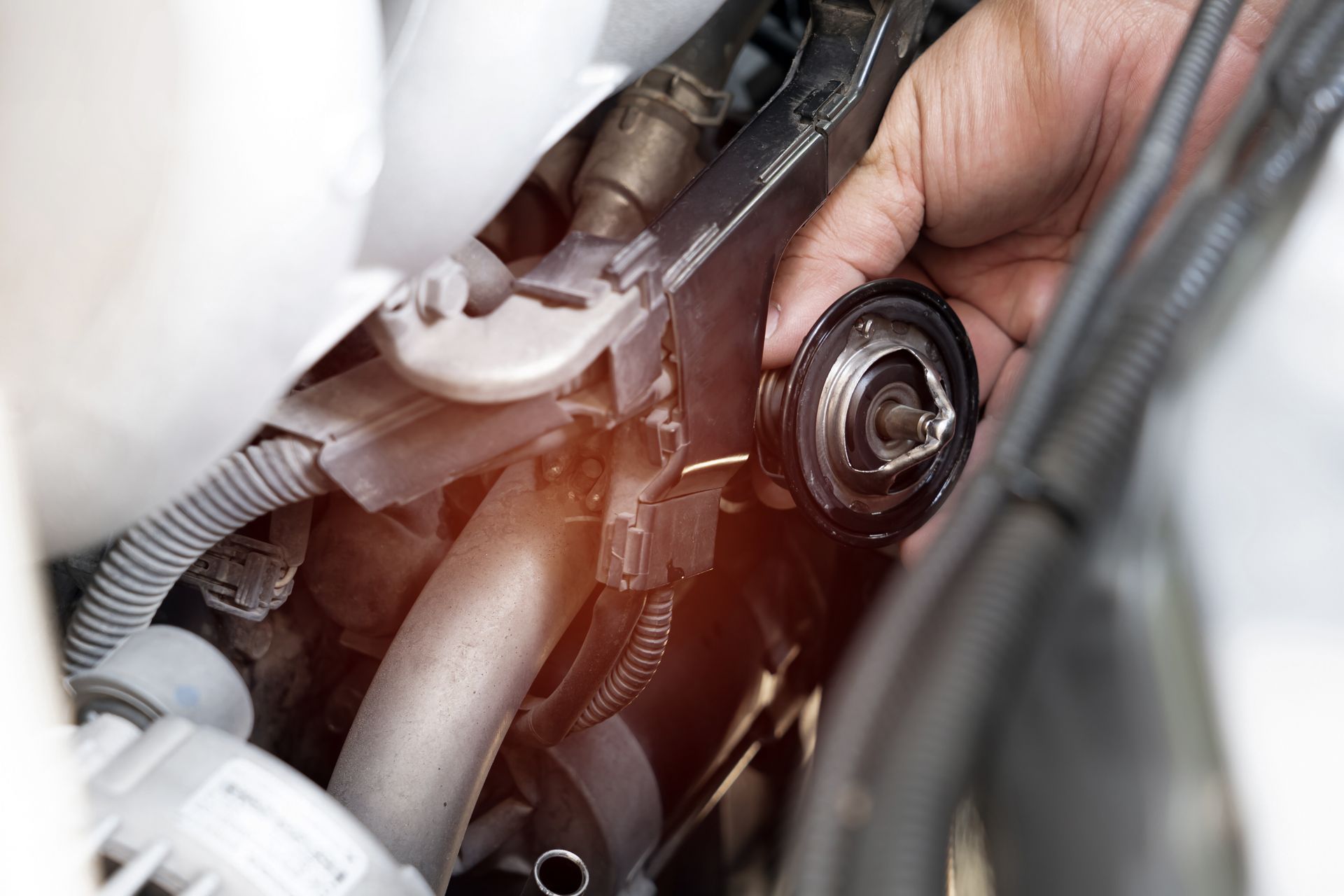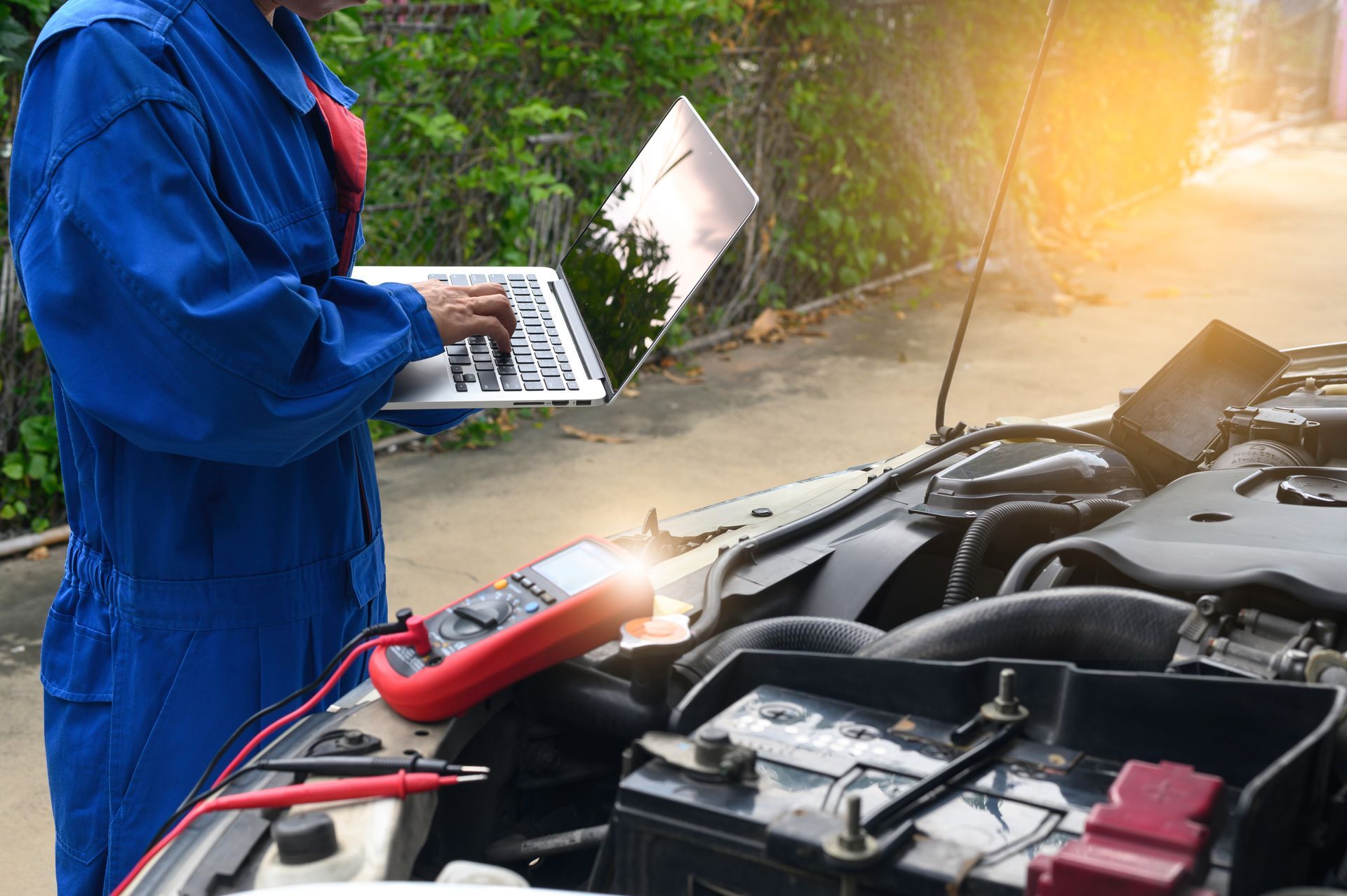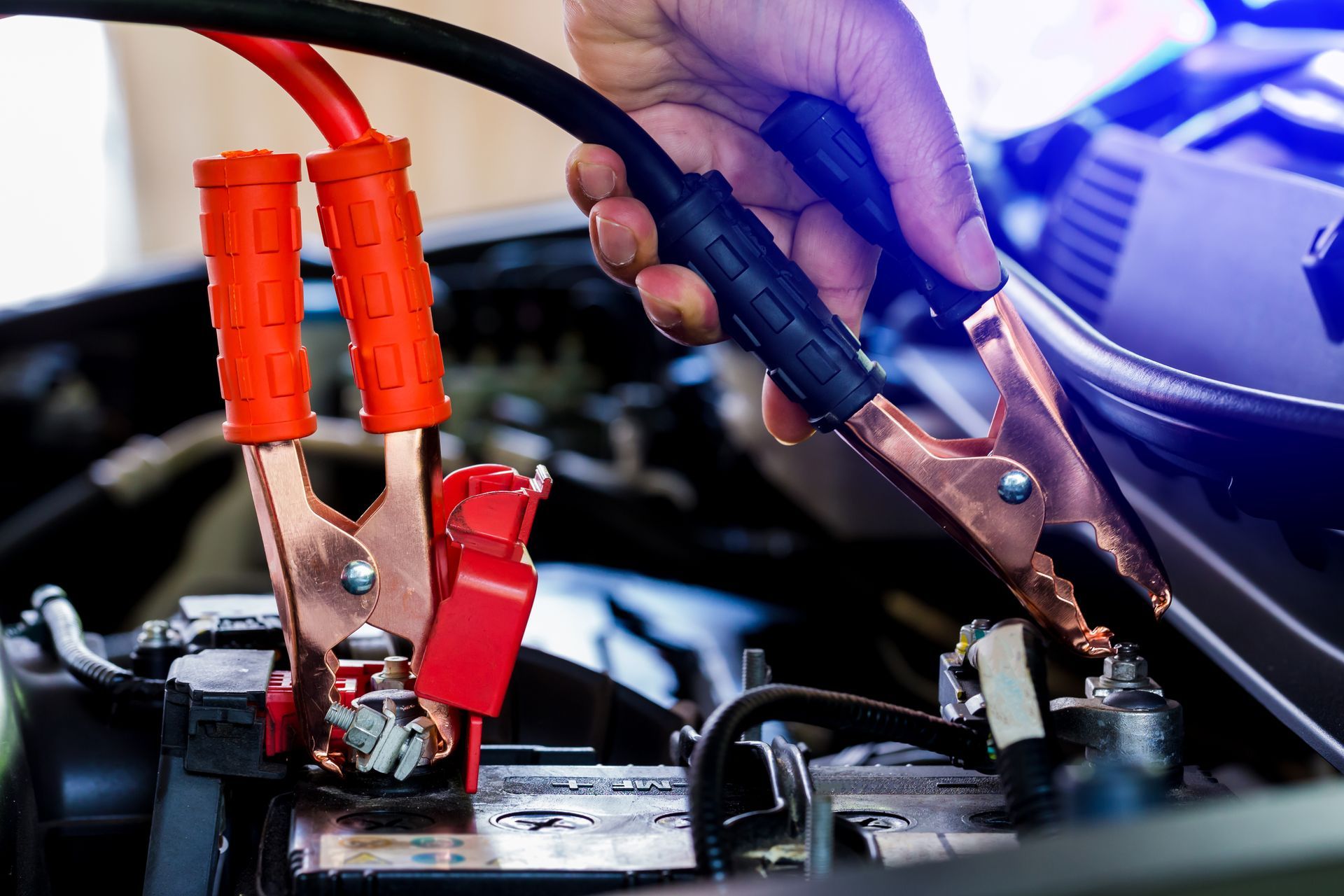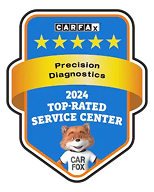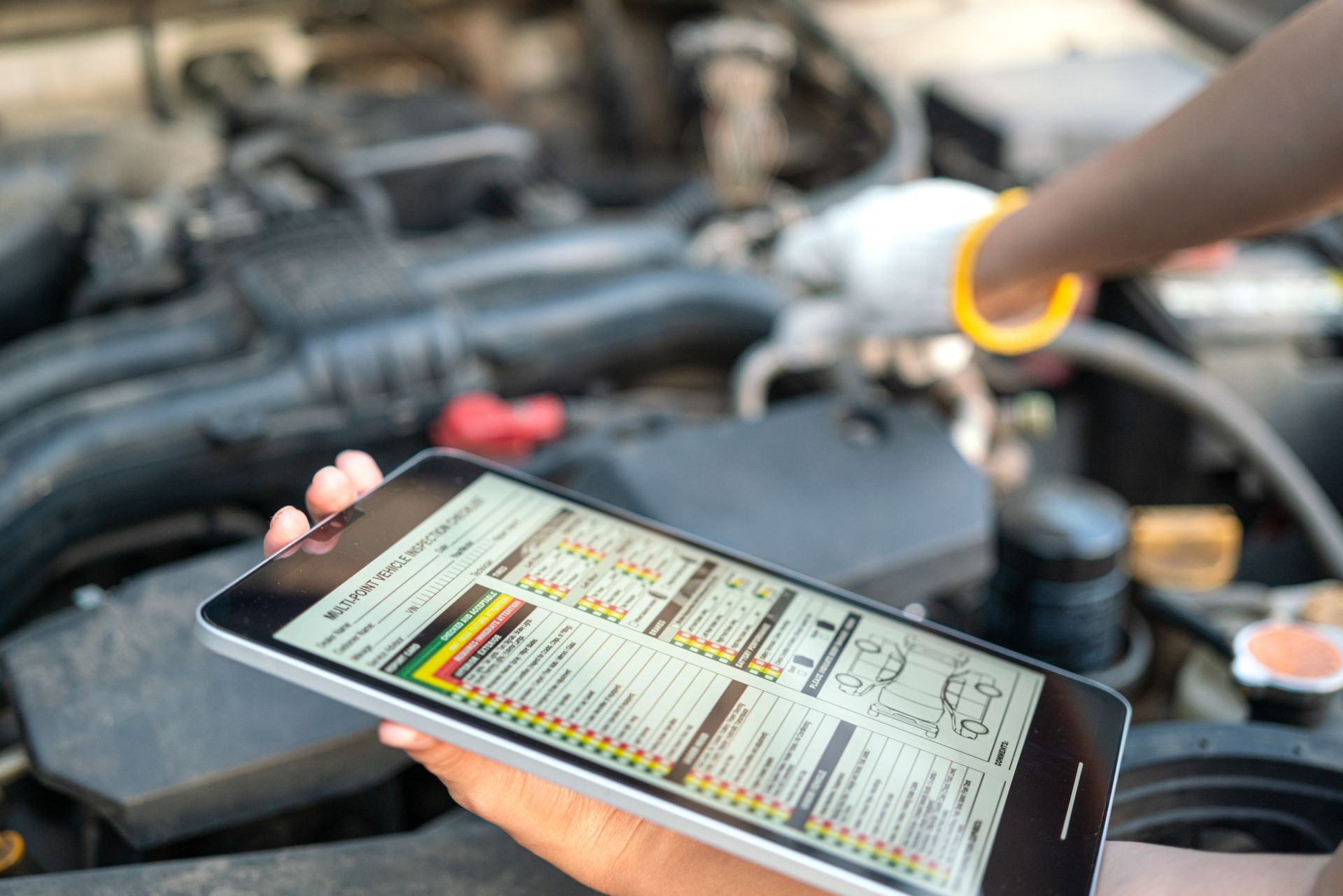Seeing the check engine light pop up on your dashboard can be unsettling. It’s a warning you shouldn’t ignore, but does it mean you need to pull over immediately? Not always. The check engine light covers a wide range of issues, some minor and others more serious. Understanding what it means and how to respond can save you from expensive repairs and keep your car running smoothly.
Here’s how to interpret that little amber light and what steps you should take next.
What the Check Engine Light Actually Means
The check engine light is part of your vehicle’s onboard diagnostics system. It illuminates when the car’s computer detects a problem with the engine, emissions system, or drivetrain components. The issue could be something as simple as a loose gas cap or as complex as a failing catalytic converter.
The key is to pay attention to how the car is behaving. Is the light solid or flashing? Are there any unusual symptoms like poor performance, odd noises, or smoke from the exhaust? These clues help determine whether the situation is urgent or not.
Steady Light vs. Flashing Light
If the check engine light is steady, it usually indicates a non-emergency issue. You should still have the car checked as soon as possible, but it’s likely safe to drive in the short term.
If the light is flashing, it means something more serious is happening. Typically, a flashing light signals a misfire that could damage the catalytic converter if left unchecked. In this case, it’s best to pull over safely and call for assistance.
Never ignore a flashing check engine light. Continued driving could turn a minor problem into a major repair bill.
Common Causes of a Check Engine Light
The light can be triggered by dozens of issues, but some of the most common ones include:
- Loose or damaged gas cap
- Faulty oxygen sensor
- Worn-out spark plugs or ignition coils
- Failing catalytic converter
- Mass airflow sensor problems
- Issues with the fuel system or exhaust
While some of these issues are low-cost fixes, others require in-depth diagnostics and professional repair.
Can You Keep Driving
If your check engine light is steady and your car seems to be running normally, it’s generally safe to keep driving for a short period. However, you should schedule diagnostics as soon as possible. Ignoring even minor issues can lead to decreased fuel economy, poor performance, and increased emissions.
On the other hand, if your vehicle is running rough, stalling, making strange noises, or emitting unusual smells, it’s safer to stop driving and call for help.
The Risk of Ignoring the Light
Driving with a check engine light on for days or weeks can allow a small issue to become a bigger one. For example, a bad oxygen sensor might not seem urgent, but it affects fuel mixture and engine efficiency. Over time, that imbalance can cause damage to the catalytic converter or engine internals.
Delayed attention to misfires, overheating, or low oil pressure can also result in breakdowns or costly repairs.
Can You Diagnose It Yourself
If you have a code reader or OBD-II scanner, you can plug it into your vehicle’s diagnostic port and retrieve a fault code. While these codes provide a helpful starting point, they don’t always pinpoint the exact failure. For instance, a code might indicate a lean fuel condition, but the cause could be a vacuum leak, a faulty sensor, or a clogged fuel injector.
For an accurate diagnosis and repair, professional tools and expertise are often required.
Trust Precision Diagnostics in Plainfield, IL, for Accurate Answers
At Precision Diagnostics in Plainfield, IL, we specialize in identifying and fixing check engine light issues. Our technicians use advanced diagnostic tools to find the real cause behind the warning light and explain the problem clearly so you can make informed decisions.
Whether it’s a quick fix or something more involved, we’ll help you get back on the road with confidence. Don’t let a dashboard light leave you guessing. Schedule your diagnostic service today and protect your vehicle from future trouble.


